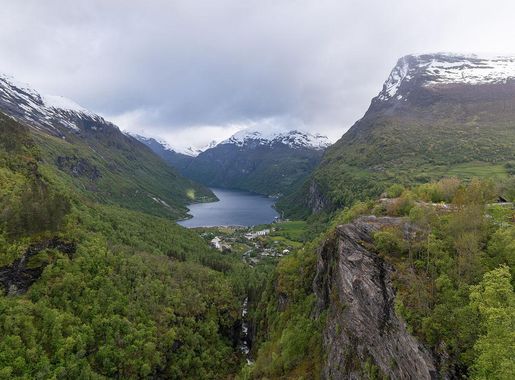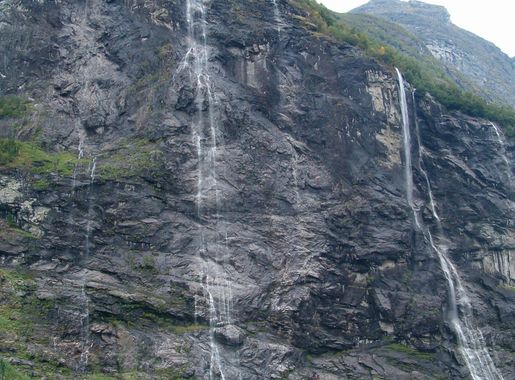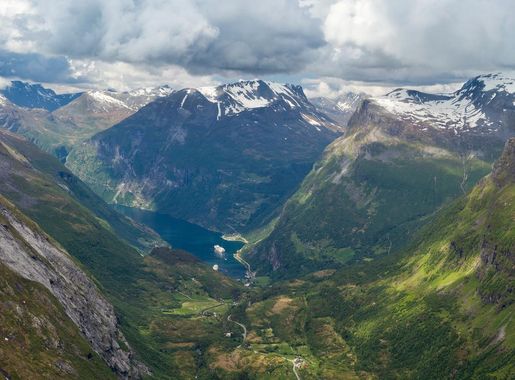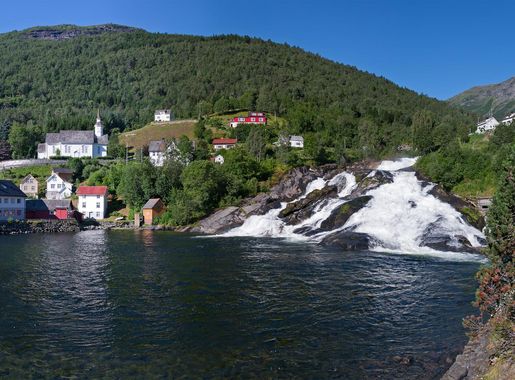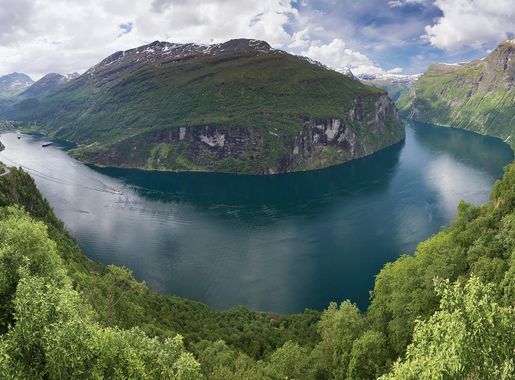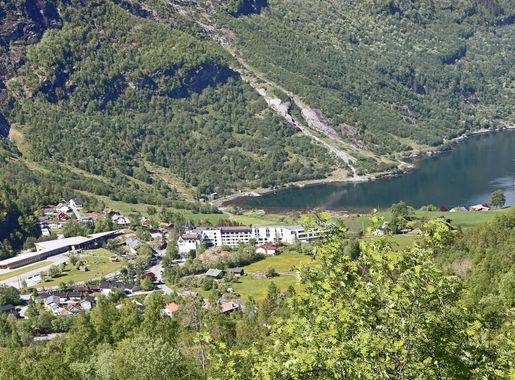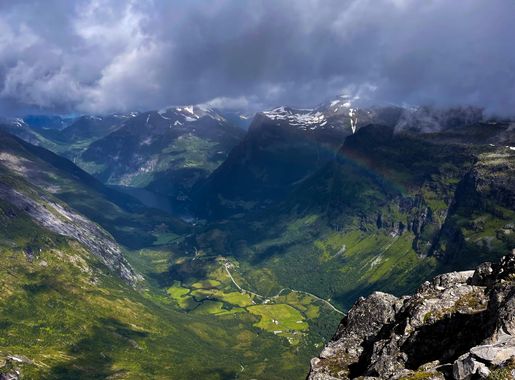
Geirangerfjord: Norway's Majestic Natural Wonder
Discover the breathtaking beauty of Geirangerfjord, a UNESCO World Heritage site in Norway, known for its towering cliffs, cascading waterfalls, and scenic villages.
Nestled in the heart of Norway, Geirangerfjord is a UNESCO World Heritage site known for its striking natural beauty. The fjord is surrounded by towering cliffs and lush green hills, offering a serene escape into nature. Waterfalls cascade down the cliffs, creating a mesmerizing sight that enchants visitors from around the world. Geirangerfjord is a paradise for outdoor enthusiasts. Hiking trails abound, providing opportunities to explore the scenic landscapes on foot. Kayaking on the calm waters of the fjord is another popular activity, allowing you to get up close to the impressive cliffs and waterfalls. For a more leisurely experience, boat tours offer a chance to see the fjord from a different perspective. In addition to its natural beauty, Geirangerfjord is home to charming villages like Geiranger and Hellesylt. These villages offer cozy accommodations, local cuisine, and cultural experiences that give a glimpse into the Norwegian way of life. Whether you are seeking adventure or relaxation, Geirangerfjord is a destination that promises unforgettable memories.
Local tips in Geirangerfjord
- Visit during the summer months for the best weather and to experience the Midnight Sun.
- Book a fjord cruise in advance to secure a spot, especially during peak tourist season.
- Wear sturdy hiking boots if you plan to explore the trails; some can be steep and uneven.
- Try local dishes such as fresh seafood and traditional Norwegian fare in the village restaurants.
- Bring a waterproof jacket, as the weather can be unpredictable and rainy.
- Look out for the Seven Sisters Waterfall, one of the most famous and photographed spots in Geirangerfjord.
Geirangerfjord: Norway's Majestic Natural Wonder
Nestled in the heart of Norway, Geirangerfjord is a UNESCO World Heritage site known for its striking natural beauty. The fjord is surrounded by towering cliffs and lush green hills, offering a serene escape into nature. Waterfalls cascade down the cliffs, creating a mesmerizing sight that enchants visitors from around the world. Geirangerfjord is a paradise for outdoor enthusiasts. Hiking trails abound, providing opportunities to explore the scenic landscapes on foot. Kayaking on the calm waters of the fjord is another popular activity, allowing you to get up close to the impressive cliffs and waterfalls. For a more leisurely experience, boat tours offer a chance to see the fjord from a different perspective. In addition to its natural beauty, Geirangerfjord is home to charming villages like Geiranger and Hellesylt. These villages offer cozy accommodations, local cuisine, and cultural experiences that give a glimpse into the Norwegian way of life. Whether you are seeking adventure or relaxation, Geirangerfjord is a destination that promises unforgettable memories.
When is the best time to go to Geirangerfjord?
Iconic landmarks you can’t miss
Ørnesvingen Viewpoint
Explore Ørnesvingen Viewpoint: a stunning observation deck offering breathtaking views of Geiranger Fjord and Norway's picturesque landscapes.
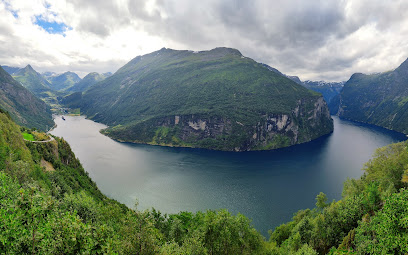
Dalsnibba Utsiktspunkt
Discover stunning views of Geirangerfjord and majestic mountains at Dalsnibba Utsiktspunkt, a must-visit scenic spot in Norway's breathtaking landscape.
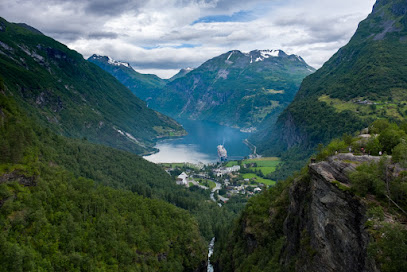
Flydalsjuvet
Experience the stunning vistas of Geirangerfjord at Flydalsjuvet, a must-visit scenic spot in Norway's breathtaking landscapes.
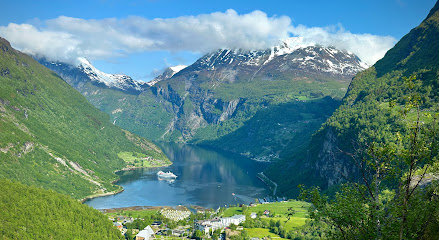
Fossevandring Geiranger
Discover the breathtaking waterfalls and stunning landscapes of Fossevandring Geiranger, a must-visit destination in Norway's picturesque fjords.
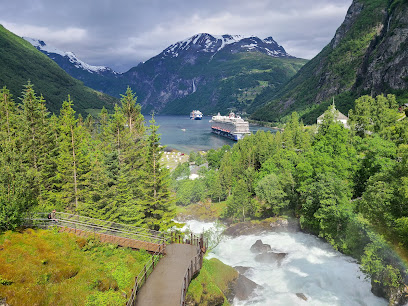
Norwegian Fjord Centre
Explore the Norwegian Fjord Centre in Geiranger – a captivating blend of nature, culture, and breathtaking views that showcase Norway's stunning fjords.
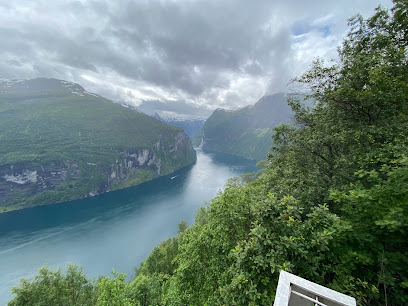
Geiranger
Explore the breathtaking beauty of Geiranger, a UNESCO World Heritage site renowned for its stunning fjord, majestic waterfalls, and outdoor adventures in Norway.
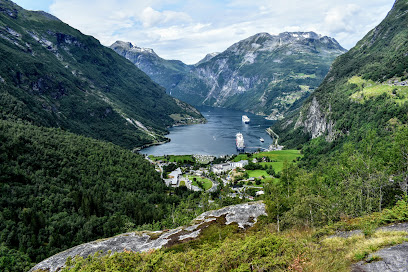
Ljøen utsiktspunkt Geiranger Fjord utsiktspunkt
Discover stunning vistas and tranquil landscapes at Ljøen Observation Deck, a must-see gem near Geiranger Fjord, Norway.
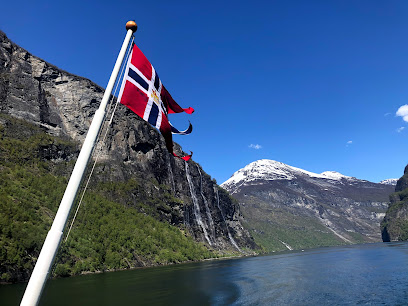
Geiranger-Herdalen Landskapsvernområde
Explore the stunning beauty of Geiranger-Herdalen Landskapsvernområde, a UNESCO World Heritage site in Norway, perfect for nature lovers and outdoor enthusiasts.
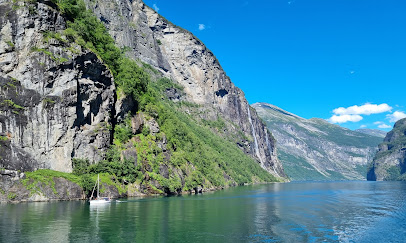
The Seven Sisters
Experience the breathtaking beauty of The Seven Sisters Waterfalls in Geirangerfjord, Norway's iconic natural wonder and a photographer's paradise.
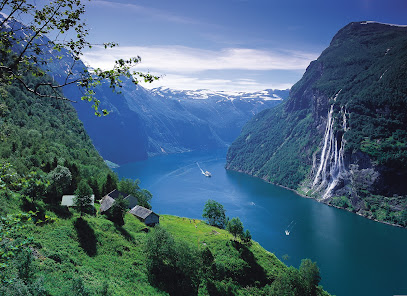
Seven Sisters Waterfall
Discover the breathtaking beauty of the Seven Sisters Waterfall, an iconic natural wonder in Geirangerfjord, Norway, renowned for its stunning cascades.
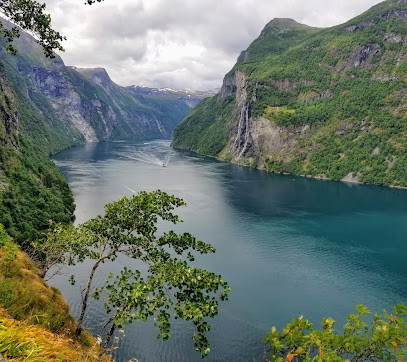
Skageflå
Experience the breathtaking beauty and history of Skageflå, a stunning cliffside farm overlooking the majestic Geirangerfjord in Norway.
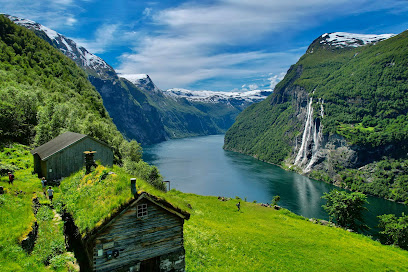
Geiranger Skysslag
Experience the breathtaking views of Norway's Geirangerfjord from Geiranger Skysslag, a stunning observation deck surrounded by nature's beauty.
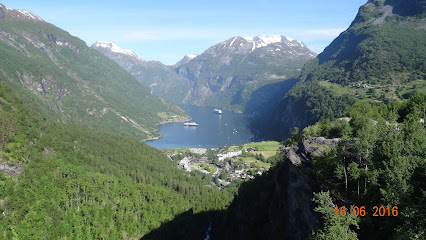
RIB Geiranger
Discover the breathtaking beauty of Norway's fjords with RIB Geiranger's exhilarating boat tours through the stunning Geirangerfjord.
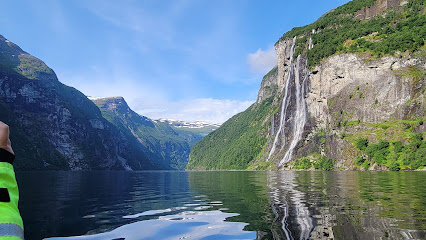
Vesterasfjellet (Løsta)
Experience the breathtaking views of Norway's fjords and mountains at Vesterasfjellet, a premier observation deck near Stranda.
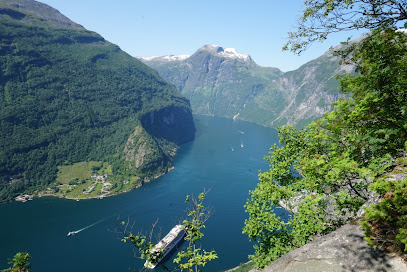
Waterfall view
Experience the breathtaking beauty of Geiranger's Waterfall View, a must-see natural attraction nestled in Norway's stunning landscapes.
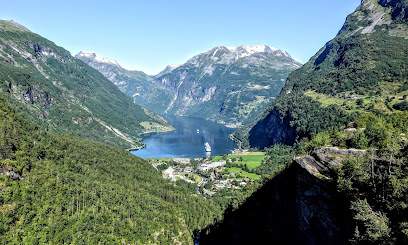
Unmissable attractions to see
Flydalsjuvet
Explore the breathtaking vistas of Flydalsjuvet, a scenic viewpoint in Geiranger showcasing stunning views of the iconic Geirangerfjord.
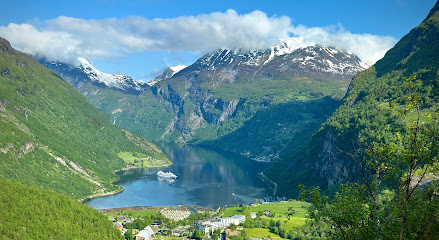
Geiranger Fjordservice AS
Discover the wonders of Geirangerfjord with Geiranger Fjordservice AS, offering boat tours, kayak rentals, and bicycle adventures in Norway's stunning landscape.
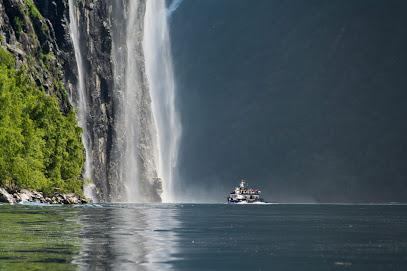
Norwegian Fjord Centre
Discover the beauty and culture of Norway's fjords at the Norwegian Fjord Centre in Geiranger, a perfect blend of education and stunning scenery.
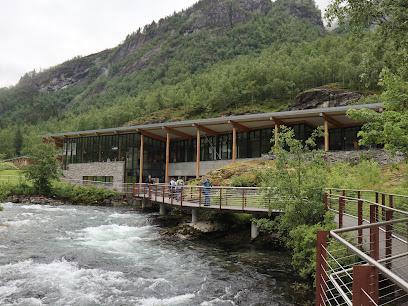
Geiranger
Experience the breathtaking beauty of Geiranger, Norway's iconic fjord village, featuring stunning landscapes, waterfalls, and outdoor adventures.

Storsæterfossen
Experience the breathtaking beauty of Storsæterfossen Waterfall, a natural gem in Geiranger, Norway, perfect for adventurers and nature lovers.
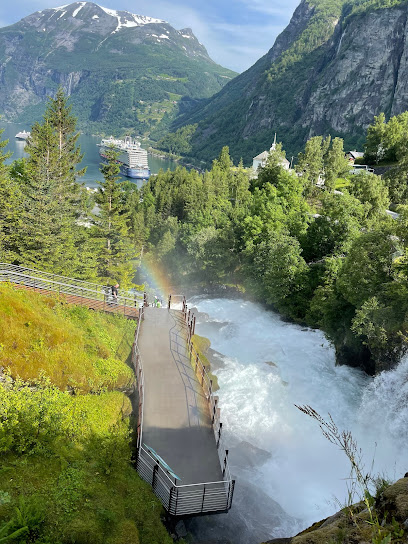
RIB Geiranger
Experience the breathtaking beauty of Geirangerfjord with thrilling rib boat tours by RIB Geiranger, perfect for all adventure seekers and nature lovers.
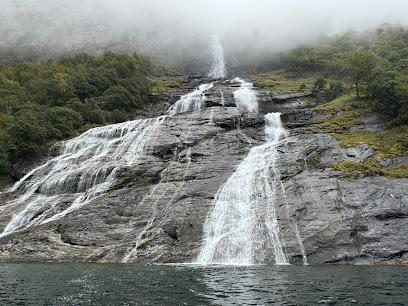
Geiranger-Herdalen Landskapsvernområde
Explore Geiranger-Herdalen Landskapsvernområde, a UNESCO World Heritage site showcasing stunning fjords and breathtaking landscapes in Norway.

Waterfall view
Experience the breathtaking waterfalls of Geiranger, where nature's beauty meets adventure in Norway's stunning fjords.
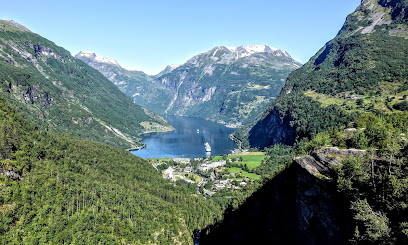
Geirangerfjorden
Explore the breathtaking beauty of Geirangerfjorden, a UNESCO World Heritage site renowned for its stunning landscapes and outdoor adventures.
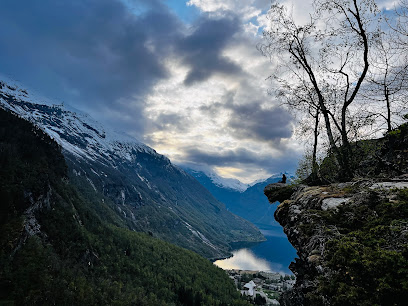
Explore Geiranger
Experience the breathtaking beauty and adventure of Geiranger, a UNESCO World Heritage site in Norway's stunning fjord region.
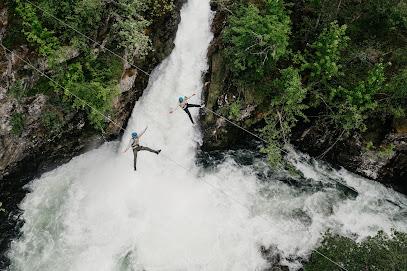
Queen's Chair
Experience breathtaking views and tranquility at Queen's Chair in Geiranger, Norway - a must-visit for nature lovers and adventure seekers alike.
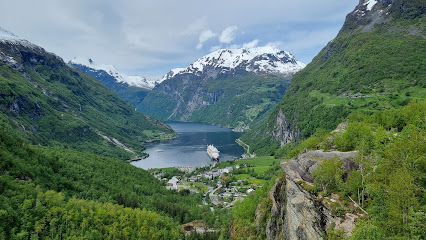
Geiranger Cruise Terminal
Experience the breathtaking beauty of Geirangerfjord from the Geiranger Cruise Terminal, your gateway to Norway's stunning natural landscapes.
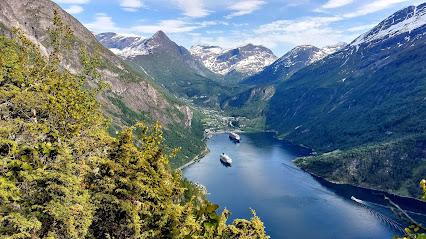
Blåfjellbrakka
Explore Blåfjellbrakka in Geiranger, a historical landmark surrounded by stunning fjord views, offering a unique peek into Norway's rich cultural heritage.
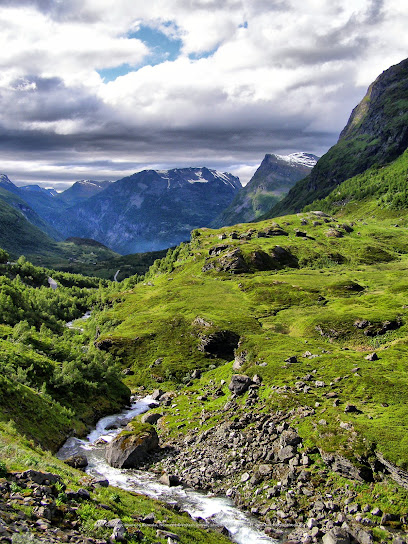
Geiranger Tourist Information v/ Visit Geiranger AS
Uncover the natural beauty of Geiranger through the expert guidance and resources at the Geiranger Tourist Information Center.
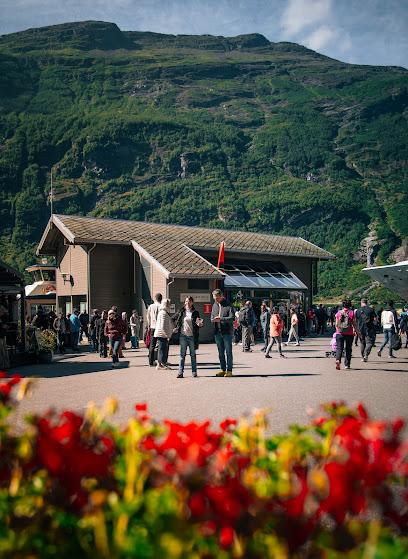
Turistveg: Geirangervegen (Scenic road)
Discover the breathtaking beauty of Turistveg: Geirangervegen, a scenic road that offers stunning views of Norway's landscapes and Geirangerfjord.
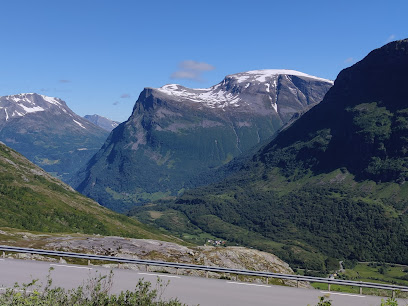
Essential places to dine
Brasserie Posten
Experience authentic Norwegian cuisine at Brasserie Posten in Geiranger - where local flavors meet breathtaking views.
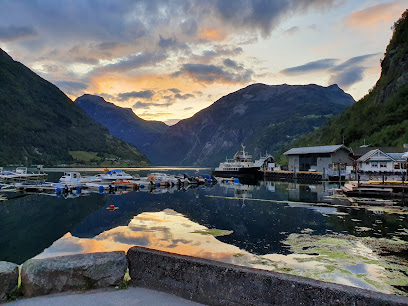
Grande Fjord Hotel
Experience unparalleled luxury and breathtaking views at Grande Fjord Hotel in Geiranger - your gateway to Norway's stunning fjords.

Westerås Restaurant
Experience exquisite Norwegian cuisine with breathtaking views at Westerås Restaurant in Geiranger.
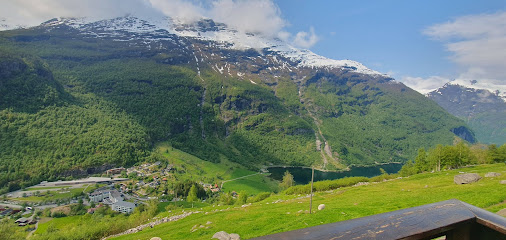
Restaurant Olebuda
Experience authentic Norwegian cuisine with stunning fjord views at Restaurant Olebuda in Geiranger.
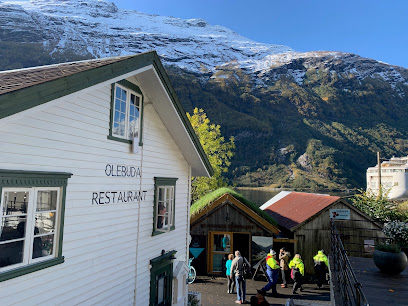
CaféOlé
Discover CaféOlé in Geiranger - your go-to spot for exquisite coffee and delightful local novelties amidst breathtaking fjord views.
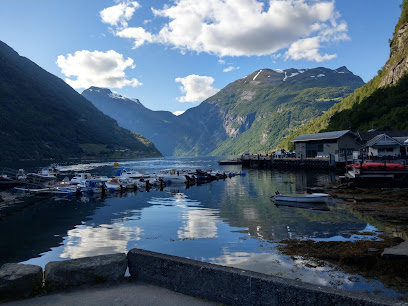
Berserk Bar & Grill
Experience mouthwatering burgers and stunning fjord views at Berserk Bar & Grill in Geiranger - where taste meets breathtaking scenery.
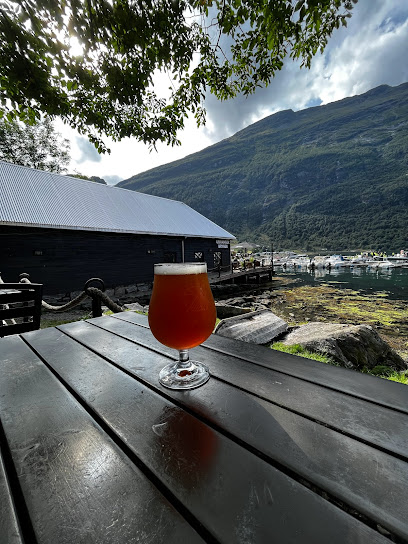
Låna Bistro
Experience authentic Norwegian cuisine amidst breathtaking fjord views at Låna Bistro in Geiranger.
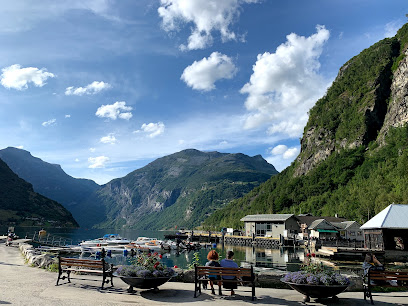
Låna Restaurant & Bar
Experience exquisite Norwegian cuisine amidst breathtaking fjord views at Låna Restaurant & Bar in Geiranger.
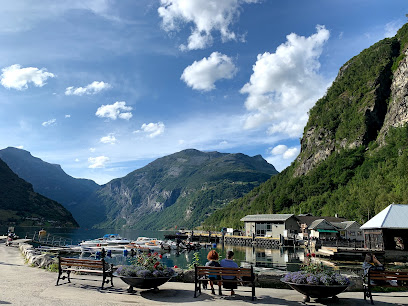
Fiskekaka Geiranger
Experience authentic Norwegian flavors at Fiskekaka Geiranger—home to delectable fish cakes amidst stunning fjord views.

Gatekjøkken
Discover quick and tasty meals at Gatekjøkken in Geiranger, where local flavors meet stunning fjord views.
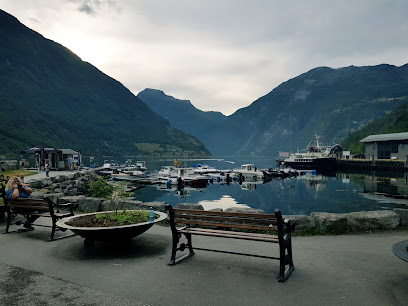
Restaurant Skageflå
Discover authentic Norwegian cuisine with breathtaking fjord views at Restaurant Skageflå in Geiranger.

Naustkroa Restaurant
Experience authentic Norwegian cuisine with breathtaking views at Naustkroa Restaurant in Geirangerfjord.
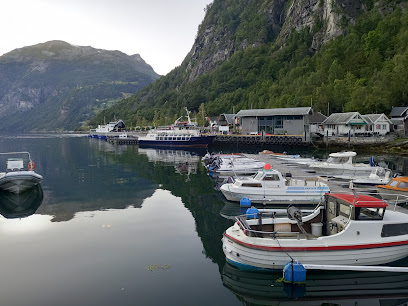
Geiranger Brygge
Experience breathtaking views at Geiranger Brygge while enjoying exquisite drinks in the heart of Norway's stunning fjord landscape.
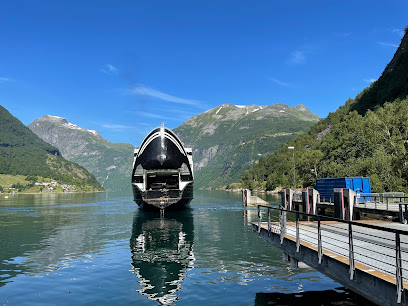
Markets, malls and hidden boutiques
Ørnesvingen Viewpoint
Experience the stunning beauty of Norway with breathtaking views at Ørnesvingen Viewpoint, a must-visit scenic spot for every traveler.
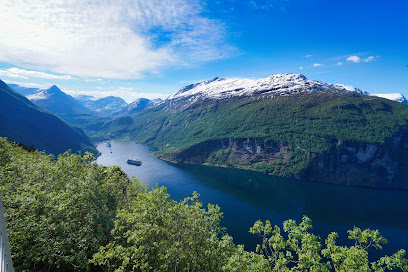
Flydalsjuvet
Experience the stunning vistas of Flydalsjuvet, a scenic spot in Geiranger, Norway, renowned for its breathtaking fjord views and natural beauty.
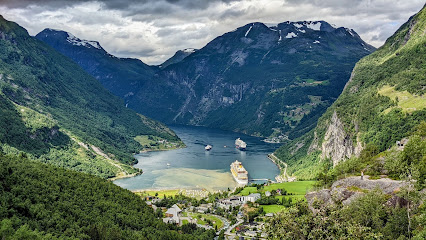
Norwegian Fjord Centre
Discover the captivating beauty and rich heritage of Norway's fjords at the Norwegian Fjord Centre in Geiranger, a must-see for every traveler.
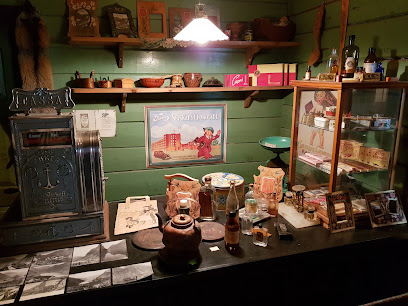
Joker Geiranger
Discover the convenience of Joker Geiranger, your go-to grocery store for local delights and essential supplies amidst Norway's breathtaking landscapes.
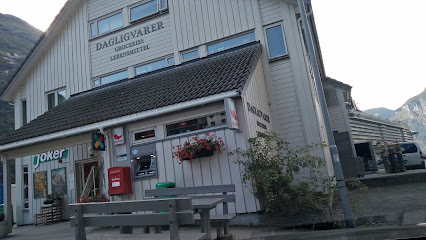
Hole Hytteutleige
Discover the natural wonders of Geiranger at Hole Hytteutleige – cozy cottages, stunning views, and endless outdoor adventures await.
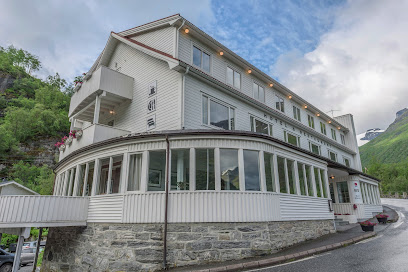
Geiranger Sjokolade Fjordnær
Discover the exquisite flavors of handcrafted chocolates in a breathtaking fjord setting at Geiranger Sjokolade Fjordnær.
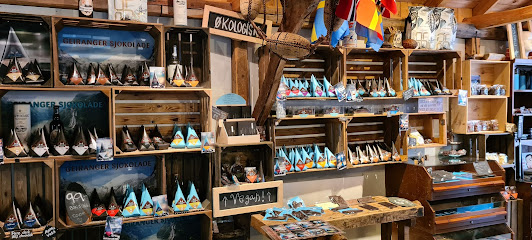
CaféOlé
Discover the charm of CaféOlé in Geiranger, where exceptional coffee meets unique novelties in a cozy atmosphere surrounded by stunning fjord views.
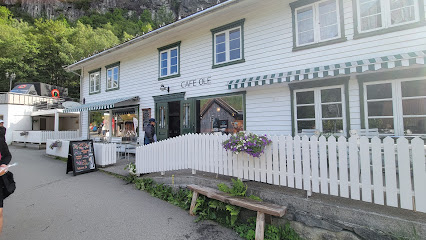
Skageflå
Discover Skageflå: A historical farm with breathtaking views above Geirangerfjord, perfect for adventure seekers and nature lovers.
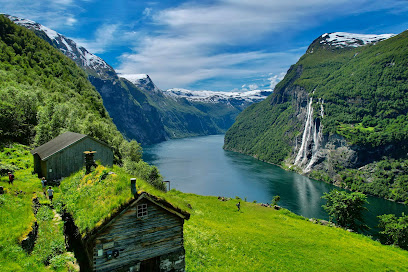
Geiranger Kayak Centre
Explore the breathtaking Geirangerfjord with Geiranger Kayak Centre—your gateway to an unforgettable kayaking adventure amidst Norway's stunning landscapes.
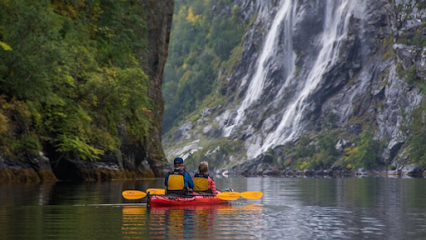
Bonseye AS
Discover the stunning beauty of Geirangerfjord with Bonseye AS, your premier tour agency for unforgettable adventures in Norway's iconic landscapes.

Explore Geiranger
Explore Geiranger: A UNESCO World Heritage site featuring breathtaking fjords, majestic waterfalls, and outdoor adventures in Norway's stunning landscapes.
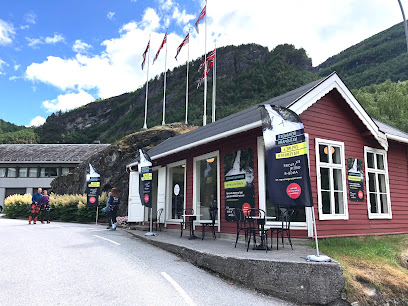
eMobility Geiranger
Experience the breathtaking beauty of Geiranger with eco-friendly tours from eMobility Geiranger, your gateway to Norway’s stunning fjord landscapes.
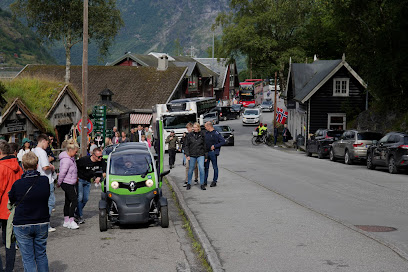
Yx Fjordbuda Geiranger
Explore the stunning Geiranger fjord with top-quality outdoor gear from Yx Fjordbuda, your gateway to adventure in Norway's breathtaking landscapes.
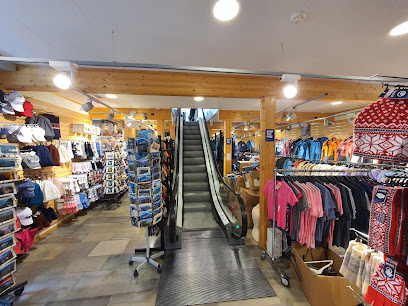
Frøysa restaurantdrift
Experience the culinary delights and breathtaking views at Frøysa Restaurant in Geiranger, a perfect blend of local flavors and stunning scenery.

Geiranger Tourist Information v/ Visit Geiranger AS
Explore the breathtaking beauty of Geiranger, Norway's stunning fjord destination with picturesque landscapes and vibrant local culture.

Essential bars & hidden hideouts
Brasserie Posten
Experience unforgettable dining at Brasserie Posten, a culinary haven nestled in the stunning Geiranger fjords, where local flavors shine.
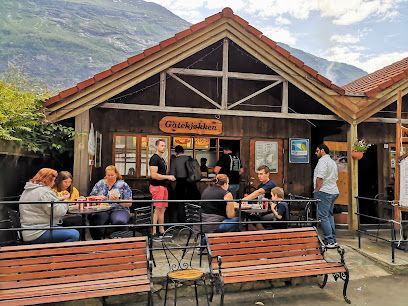
Grande Fjord Hotel
Discover the Grande Fjord Hotel in Geiranger, where luxury meets nature amidst stunning fjord views and culinary delights.

Westerås Restaurant
Experience exquisite local cuisine with stunning fjord views at Westerås Restaurant in Geiranger, a culinary gem in Norway.
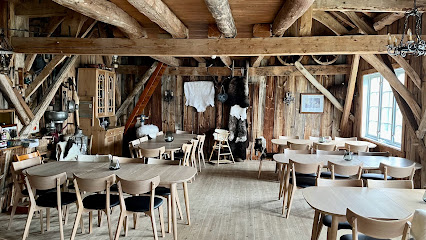
Restaurant Olebuda
Experience authentic Norwegian cuisine at Restaurant Olebuda, where stunning fjord views meet delightful flavors in the heart of Geiranger.
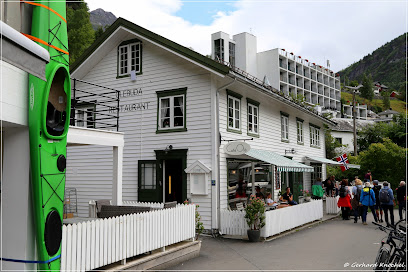
CaféOlé
Discover the charm of CaféOlé in Geiranger, where exceptional coffee meets stunning fjord views and unique local souvenirs.
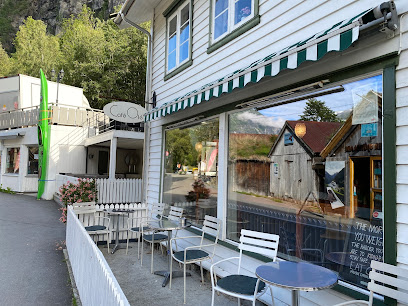
Berserk Bar & Grill
Experience authentic Norwegian flavors at Berserk Bar & Grill in Geiranger, where stunning fjord views meet delicious local cuisine.
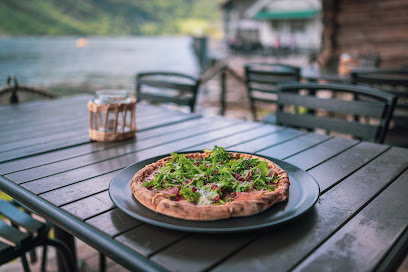
Låna Bistro
Experience the culinary charm of Låna Bistro in Geiranger, where local flavors meet stunning fjord views for an unforgettable dining experience.
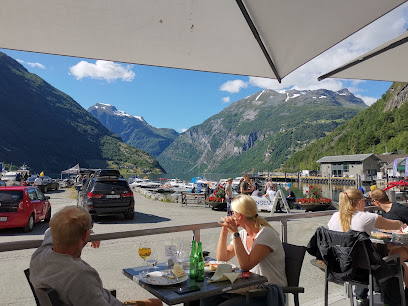
Låna Restaurant & Bar
Discover exquisite dining at Låna Restaurant & Bar in Geiranger, where delicious cuisine meets stunning fjord views.
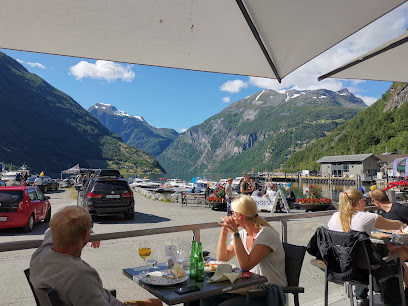
Fiskekaka Geiranger
Discover the authentic taste of Norway at Fiskekaka Geiranger, famous for its exquisite fish cakes and stunning fjord views.

Gatekjøkken
Discover the perfect blend of fast food and breathtaking views at Gatekjøkken in Geiranger, a must-visit for hungry travelers.
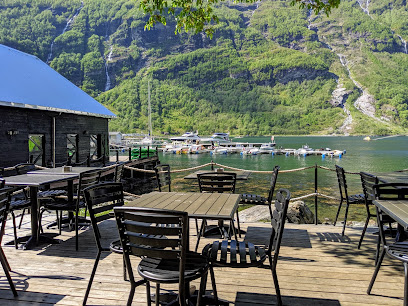
Restaurant Skageflå
Discover exquisite dining at Restaurant Skageflå, where breathtaking fjord views meet delightful Norwegian cuisine in the heart of Geiranger.
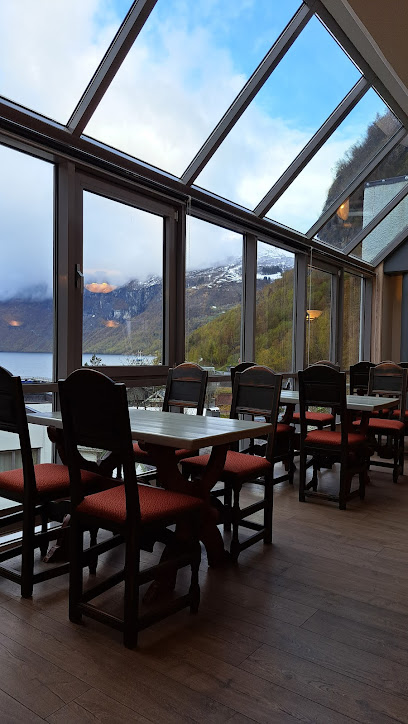
Frøysa restaurantdrift
Experience the taste of Norway at Frøysa Restaurant, a cozy dining spot in Geiranger with stunning views and delicious local cuisine.
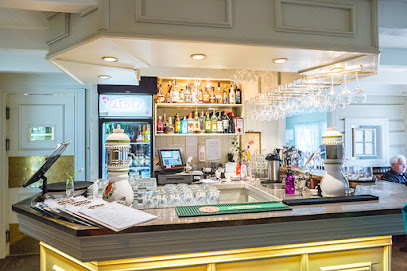
Geiranger Bryggeri
Explore Geiranger Bryggeri for a taste of exceptional craft beers surrounded by Norway's stunning landscapes.
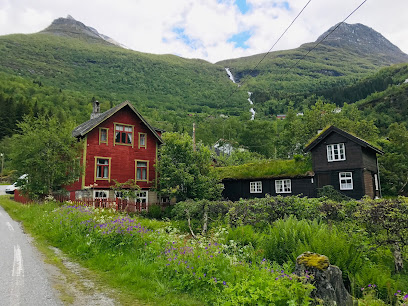
Naustkroa Restaurant
Experience traditional Norwegian cuisine at Naustkroa Restaurant in Geiranger, surrounded by stunning fjord views and a cozy ambiance.

Geiranger Brygge
Experience the charm of Geiranger Brygge, a cozy bar with breathtaking views and a selection of local brews in the heart of Norway's fjord country.
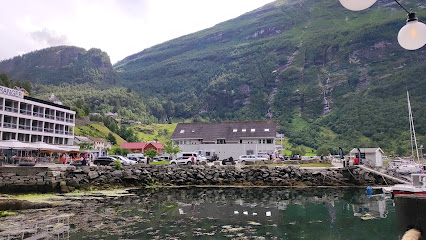
Local Phrases about Geirangerfjord
-
- HelloHallo
[HAH-loh] - GoodbyeHa det bra
[HAH deh brah] - YesJa
[yah] - NoNei
[nay] - Please/You're welcomeVær så god
[ver soh goh] - Thank youTakk
[tahk] - Excuse me/SorryUnnskyld
[OON-skyld] - How are you?Hvordan har du det?
[VOR-dahn har doo deh] - Fine. And you?Bra. Og du?
[brah. oh doo] - Do you speak English?Snakker du engelsk?
[SNAK-er doo ENG-elsk] - I don't understandJeg forstår ikke
[yeh for-STAHR ee-keh]
- HelloHallo
-
- I'd like to see the menu, pleaseJeg vil gjerne se menyen, takk
[yeh vil YEHR-neh seh meh-NYEN, tahk] - I don't eat meatJeg spiser ikke kjøtt
[yeh SPEE-ser ee-keh shøt] - Cheers!Skål!
[skohl] - I would like to pay, pleaseJeg vil gjerne betale, takk
[yeh vil YEHR-neh beh-TAH-leh, tahk]
- I'd like to see the menu, pleaseJeg vil gjerne se menyen, takk
-
- Help!Hjelp!
[yelp] - Go away!Gå bort!
[goh bort] - Call the Police!Ring politiet!
[ring po-lee-tee-eh] - Call a doctor!Ring en lege!
[ring en LEH-geh] - I'm lostJeg er lost
[yeh er lost] - I'm illJeg er syk
[yeh er sook]
- Help!Hjelp!
-
- I'd like to buy...Jeg vil kjøpe...
[yeh vil SHØ-peh...] - I'm just lookingJeg bare ser
[yeh bah-reh sair] - How much is it?Hvor mye koster det?
[vor MYE kost-er deh] - That's too expensiveDet er for dyrt
[deh er for deert] - Can you lower the price?Kan du senke prisen?
[kahn doo SEN-keh pree-sen]
- I'd like to buy...Jeg vil kjøpe...
-
- What time is it?Hva er klokka?
[vah er klawk-kah] - It's one o'clockKlokken er ett
[klawk-ehn er aht] - Half past (10)Halv ti
[halv tee] - MorningMorgen
[MOR-gen] - AfternoonEttermiddag
[ET-ter-mee-dahg] - EveningKveld
[kveld] - YesterdayI går
[ee gor] - TodayI dag
[ee dahg] - TomorrowI morgen
[ee MOR-gen] - 1En
[en] - 2To
[toh] - 3Tre
[treh] - 4Fire
[fee-reh] - 5Fem
[fem] - 6Seks
[seks] - 7Syv
[siv] - 8Åtte
[aw-teh] - 9Ni
[nee] - 10Ti
[tee]
- What time is it?Hva er klokka?
-
- Where's a/the...?Hvor er...?
[vor er] - What's the address?Hva er adressen?
[vah er ah-dres-sen] - Can you show me (on the map)?Kan du vise meg (på kartet)?
[kahn doo VEE-seh meh (poh kahr-teh)] - When's the next (bus)?Når går neste (buss)?
[nor gor nes-teh (boos)] - A ticket (to ....)En billett (til ....)
[en bee-LEHT (teel)]
- Where's a/the...?Hvor er...?
History of Geirangerfjord
-
Geirangerfjord, a UNESCO World Heritage site, was formed over millions of years through glacial activity during the Ice Ages. The powerful glaciers carved out the deep fjord, which now stretches about 15 kilometers long and is surrounded by towering mountains reaching up to 1,700 meters high.
-
During the Viking Age, the region around Geirangerfjord was inhabited by Norse seafarers. The fjord provided a natural harbor and a strategic location for the Vikings, who used the waterways for navigation, trade, and raids. Archaeological findings suggest that the area was an important hub for Viking activities.
-
In the 17th and 18th centuries, settlers began to cultivate the steep slopes surrounding Geirangerfjord. They built small farms and utilized the fertile land for growing crops and raising livestock. The abandoned farmsteads, such as Skageflå, Knivsflå, and Blomberg, can still be seen today, offering a glimpse into the challenging lives of early inhabitants.
-
The late 19th century saw the rise of tourism in Geirangerfjord. European royalty and aristocrats, including German Emperor Wilhelm II, visited the area, drawn by its breathtaking scenery and tranquility. The construction of hotels and the development of steamboat routes made the fjord more accessible, establishing it as a premier travel destination.
-
Built in 1842, Geiranger Church is a wooden, octagonal church located in the village of Geiranger. It stands as a testament to the area's religious and cultural heritage. The church, with its picturesque setting overlooking the fjord, remains a significant landmark and is still in use for services and ceremonies.
-
In 2005, Geirangerfjord, along with the nearby Nærøyfjord, was inscribed as a UNESCO World Heritage site. This recognition was due to its outstanding natural beauty, geological significance, and well-preserved cultural landscape. The status helps ensure the continued protection and preservation of the fjord for future generations to appreciate.
-
Opened in 2016, the Geiranger Skywalk—also known as Dalsnibba—offers panoramic views of Geirangerfjord from an elevation of 1,500 meters above sea level. This modern attraction allows visitors to experience the grandeur of the fjord from a unique vantage point, highlighting the blend of natural beauty and innovative tourism infrastructure.
-
In recent decades, Geirangerfjord has become a popular destination for cruise ships. Each year, thousands of visitors arrive by sea to marvel at the fjord's stunning landscape. The influx of cruise tourism has significantly impacted the local economy and has also raised environmental concerns regarding the preservation of the fjord's pristine condition.
Geirangerfjord Essentials
-
Geirangerfjord is located in the Sunnmøre region of Møre og Romsdal county in Norway. The nearest major airport is Ålesund Airport (AES), located about 120 kilometers away. From Ålesund, you can rent a car or take a bus to Geiranger. The drive takes approximately 2.5 hours and includes scenic routes. Another option is to take a ferry from Hellesylt, which offers a picturesque journey through the fjord. During summer, cruise ships frequently visit Geiranger as part of their itineraries.
-
While in Geirangerfjord, you can explore the area using local buses, ferries, and rental cars. The Geiranger Skywalk bus offers a breathtaking view from Dalsnibba Mountain Plateau. For a more intimate experience, consider renting a bike or taking a guided kayak tour of the fjord. Walking is also a great way to explore the village of Geiranger and its immediate surroundings. During peak season, book transportation in advance to ensure availability.
-
The official currency in Norway is the Norwegian Krone (NOK). Credit and debit cards are widely accepted in most establishments, including restaurants, shops, and hotels. However, it is advisable to carry some cash for small purchases or in case you visit more remote areas where card payments may not be possible. ATMs are available in Geiranger, but it's wise to withdraw sufficient cash in Ålesund or other larger towns before heading to the fjord.
-
Geirangerfjord is generally a safe destination for tourists. Petty crime is rare, but like any travel destination, it is advisable to take standard precautions such as keeping an eye on your belongings and avoiding leaving valuables in plain sight. There are no specific high-crime areas targeting tourists. Always be cautious when hiking or participating in outdoor activities; weather conditions can change rapidly. Inform someone about your plans if you go hiking alone.
-
In case of an emergency, dial 112 for immediate assistance. This number connects you to police, fire, and medical services. The nearest medical facility is in Stranda, about 45 kilometers away from Geiranger. For minor health issues, there are pharmacies in the village where you can purchase over-the-counter medications. It is highly recommended to have travel insurance that covers medical emergencies and outdoor activities.
-
Fashion: Do dress in layers as the weather can be unpredictable. Wear comfortable shoes for walking and hiking. Avoid wearing high heels or formal attire for outdoor activities. Religion: Do respect local customs and traditions, especially when visiting churches. Public Transport: Do be punctual as public transport runs on a strict schedule. Don't eat or drink on public transport. Greetings: Do greet people with a friendly 'hei' (hi) or 'god dag' (good day). Norwegians value personal space, so keep a respectful distance. Eating & Drinking: Do try local dishes like fresh seafood and 'klippfisk' (dried and salted cod). Don't tip excessively; a 10% tip is usually sufficient if service is not included.
-
To experience Geirangerfjord like a local, consider visiting during the shoulder seasons (spring and autumn) when it's less crowded. Engage with locals by visiting local cafes and shops. Don't miss the viewpoint at Flydalsjuvet for a classic fjord photo. For a unique experience, hike to the abandoned Skageflå farm for stunning views of the fjord. Also, participate in a traditional Norwegian 'fårikål' (lamb and cabbage stew) dinner if you get the chance.
Trending Landmarks in Geirangerfjord
-
Ørnesvingen Viewpoint
-
Dalsnibba Utsiktspunkt
-
Flydalsjuvet
-
Fossevandring Geiranger
-
Norwegian Fjord Centre
-
Geiranger
-
Ljøen utsiktspunkt Geiranger Fjord utsiktspunkt
-
Geiranger-Herdalen Landskapsvernområde
-
The Seven Sisters
-
Seven Sisters Waterfall
-
Skageflå
-
Geiranger Skysslag
-
RIB Geiranger
-
Vesterasfjellet (Løsta)
-
Waterfall view
Nearby Cities to Geirangerfjord
-
Things To Do in Molde
-
Things To Do in Bergen
-
Things To Do in Trondheim
-
Things To Do in Oslo
-
Things To Do in Stavanger
-
Things To Do in Fredrikstad
-
Things To Do in Östersund
-
Things To Do in Kristiansand
-
Things To Do in Karlstad
-
Things To Do in Skagen
-
Things To Do in Örebro
-
Things To Do in Frederikshavn
-
Things To Do in Gothenburg
-
Things To Do in Västerås
-
Things To Do in Aalborg

